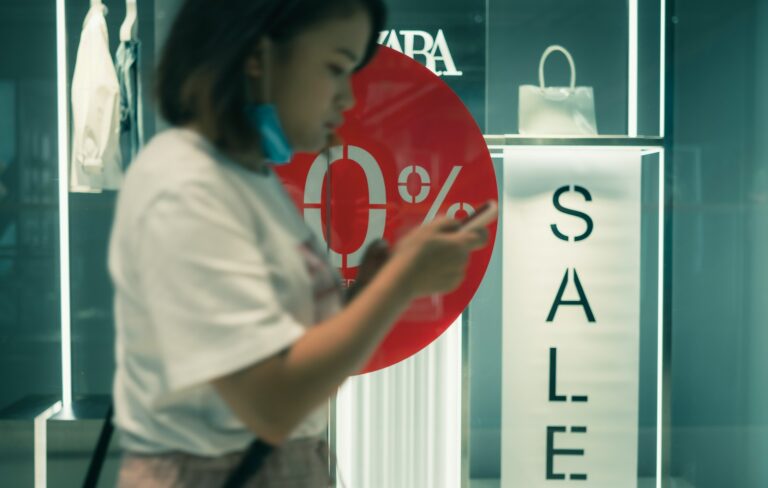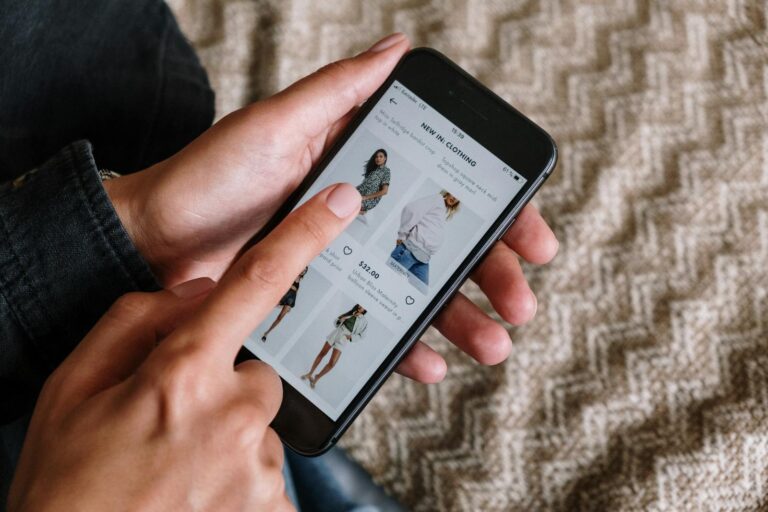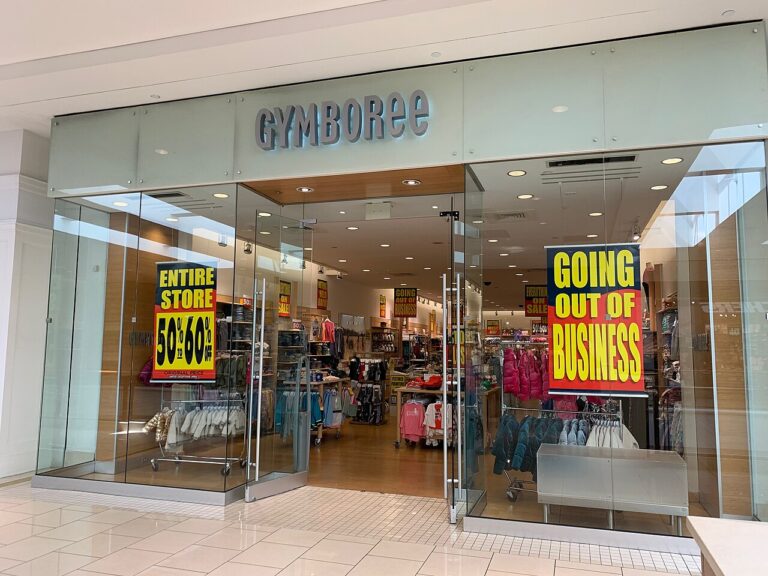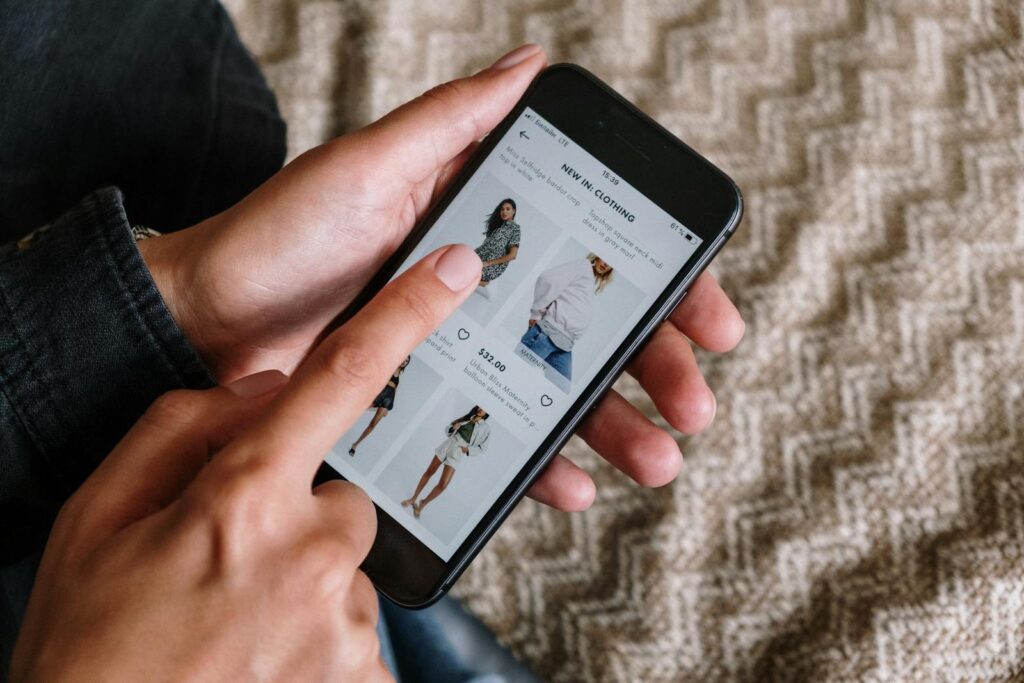Ever walk into a store for toothpaste and leave with a cart full of stuff you didn’t plan to buy? That’s not just impulse—it’s strategy. Retailers use proven psychological tricks to get you to spend more than you intended.
But once you know the tactics, you can shop smarter. Understanding how behavioral economics works at the checkout is the first step to keeping your wallet in check.
1. The “Decoy Effect” at Work
Say you’re buying popcorn. One size is $3, the next is $6, and a jumbo is $6.50. Most people go for the jumbo. Why? Because the middle size makes the biggest one look like a deal. That’s the decoy effect—a pricing strategy designed to steer your choice.
You’ll see this trick in everything from coffee sizes to subscription plans. Always compare prices based on what you’ll actually use, not just what seems like the best value on paper.
2. Anchoring: Setting the Price in Your Head
Retailers often start with a high-priced item just to make others look cheap. This is called anchoring. When the first price you see is $300, the $150 version seems like a steal—even if it’s still more than you planned to spend.
Smart shoppers start with a budget, not the price tags. That way, the anchor doesn’t have power over your decision.
3. “Free” Shipping Isn’t Free
Ever added an extra item to your cart just to qualify for free shipping? That’s not generosity—it’s math. Stores know that offering free shipping over a certain dollar amount nudges people to buy more.
Instead of chasing the freebie, ask yourself: “Would I buy this extra item if shipping were already free?” If not, delete it.
4. The Power of the Limited-Time Offer
“Only 3 left!” “Today only!” “Ends at midnight!” These messages are meant to create scarcity and urgency—two of the strongest drivers of impulse buying. Your brain sees a countdown and flips into decision mode, even if you weren’t seriously considering the item.
Unless you already needed the product, treat countdowns like background noise. Most of the time, the sale comes back.
5. Store Layouts Are Designed to Distract You
There’s a reason milk is always in the back of the store. Walking past other items increases the chance you’ll make an unplanned stop. Displays near checkouts? They’re there to snag last-second purchases while you wait.
Online stores do this too, with pop-ups and “you might also like” suggestions. Stick to a list, even when shopping online, and don’t let the layout steer your spending.
6. Price Tag Games: .99 vs Whole Numbers
That $19.99 feels cheaper than $20—even though it’s one cent away. This charm pricing tactic makes you more likely to buy by making the price feel lower than it is.
The difference may be small, but it adds up over time. Round prices up in your head so you see the true cost.
7. Loyalty Programs That Aren’t So Loyal
Rewards points, punch cards, and VIP tiers are designed to keep you coming back. But many programs work by encouraging you to spend more just to hit the next reward level. You’re not saving if you’re buying things you don’t need.
Use loyalty programs only if they align with what you already buy. Otherwise, you’re spending money for points—not value.
8. Upselling and Cross-Selling in Disguise
“Would you like the deluxe version?” “People also bought…” These are forms of upselling and cross-selling. They’re not inherently bad—but they’re meant to expand your order, not your savings.
Pause before saying yes. Will you really use the upgraded model or the suggested add-on? If not, skip it.
9. The Emotional Trigger Trap
Bright colors, upbeat music, even bakery smells—these all target your mood, not your logic. Retailers know that happy, relaxed shoppers spend more. The more comfortable the environment, the looser your spending habits become.
Be aware of your emotional state when shopping. Hungry? Tired? Anxious? These are prime conditions for overspending. Shop with a clear head—and a full stomach.
Outsmarting the System
Here’s how to win the game:
- Make a list. Stick to it whether you’re online or in-store.
- Set a budget before you browse. Not after you see what’s available.
- Use price trackers. Don’t trust that a sale is really a deal.
- Shop at quiet times. Fewer distractions = better decisions.
- Review your cart before checkout. Remove anything you added “just because.”
Retailers have gotten smarter about how they influence your spending—but now you’re smarter too. When you recognize the tricks, you’re less likely to fall for them.
Stay sharp, shop with intention, and keep more of your money where it belongs: with you.







